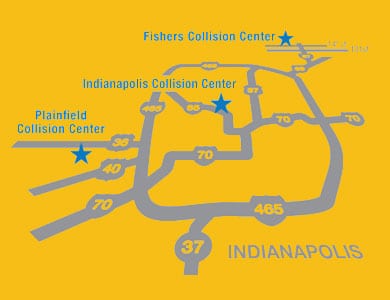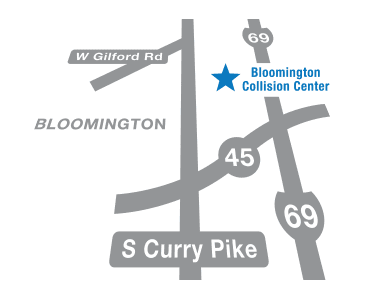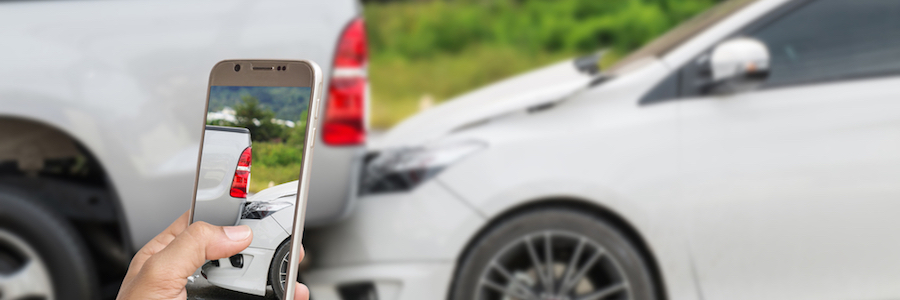
A car accident can easily be one of the most stressful (and dangerous) encounters you’ll have out on the road. And it doesn’t just end once the car has been towed and the insurance exchanged.
After a collision, drivers in the Plainfield, Indianapolis, Fishers, and Bloomington areas will have to determine the extent of damages in the car accident.
The Andy Mohr Collision Center team is here to tell you, step by step, just how to do it.
Step 1: Make sure everyone is okay
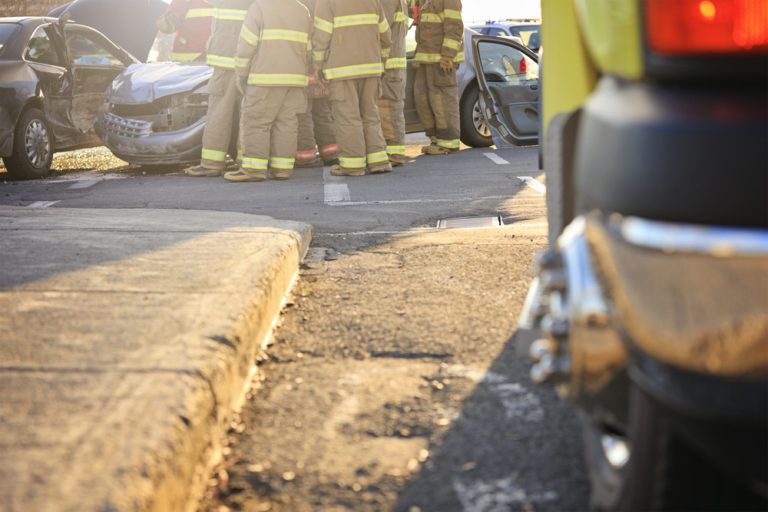
When we talk about determining the extent of damages in a car accident, we’re not just talking about those to the cars themselves.
The first thing that drivers should do after a collision is make sure that they and anyone involved (i.e., the other driver or any passengers) are physically okay. Only then can you move on to exchanging insurance, calling any necessary authorities, and taking stock of vehicular damages.
Step 2: Take pictures
Photographic evidence is extremely important, as the insurance company will want to know that all the damages occurred during the accident, and not at any point afterward.
Don’t be shy in how many you take. Photograph the exterior point of collision from multiple angles. Then photograph any damages to the cabin itself.
At this time, you may want to photograph any personal items inside the car during the accident that were also damaged.
Step 3: Make detailed notes
Photographs aren’t everything. The insurance company is going to ask for your statement—an account of what happened and what exactly was damaged.
As accidents happen quickly and the moments after can be frazzling, it’s a good idea to write down your own account within the hour. That way, you won’t have any discrepancies down the line (and can counter any differing claims in the other driver’s account).
Step 4: Speak to the insurance company
Once you’ve handled all of that, you’ll want to contact your insurance provider to file a car-accident claim. This is where you’ll give your statement and can send them any photographs.
Once your claim has been filed, the insurance company will send an adjuster to estimate the damages to your vehicle (likely within the next couple days).
Be aware that if your damages exceed the car’s value, it may be totaled. In that case, you’ll be given a check to put toward a new vehicle. Otherwise, you’ll be able to take it to your local collision center for repair.
Step 5: Get an estimate from your local collision center
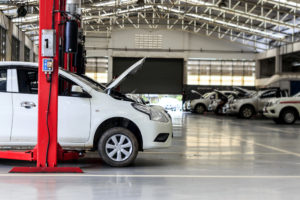
The claims adjuster can provide a decent ballpark estimate. However, in order to really understand the full extent of the damages to your car, it will need to be inspected by a mechanic.
Find a reliable collision center near your home that can take a detailed look at things. Within the next couple days, they should be able to provide you with a list of what needs to be done and how much it will cost.
Step 6: Get your car back in shape
After the accident, your car may be in pretty rough shape. However, a comprehensive service center like those in the Andy Mohr Collision Center family can get your vehicle back in great condition.
Our technicians have the skills and tools to repair the vehicles of all Plainfield, Indianapolis, Fishers, and Bloomington area drivers. Contact us today to schedule a service appointment!

